Trigeminal neuralgia (TN) is a chronic pain condition that affects the trigeminal nerve, which carries sensations from the face to the brain. Often described as one of the most painful conditions, trigeminal neuralgia causes sudden, severe, and recurrent facial pain that can last from a few seconds to several minutes. This intense pain can severely impact a person’s quality of life, making simple daily activities such as eating, talking, or even touching the face excruciating.
Gamma Knife radiosurgery has emerged as a highly effective and non-invasive treatment option for people with trigeminal neuralgia who do not respond to medication or prefer a less invasive option than traditional surgery. This blog will explore how Gamma Knife can treat trigeminal neuralgia, what to expect during the procedure, and the typical results.
What is Trigeminal Neuralgia?
Trigeminal neuralgia is caused by irritation or compression of the trigeminal nerve, often due to a blood vessel pressing against the nerve near its connection to the brain. The condition is characterized by sudden, sharp facial pain that can be triggered by everyday actions like chewing, brushing teeth, or even light touches to the face. This chronic pain can occur in brief episodes but may worsen over time, leading to longer-lasting and more frequent attacks.
While medications such as anticonvulsants are often the first line of treatment, they do not work for everyone. For those who experience severe side effects or insufficient pain relief, Gamma Knife radiosurgery offers a targeted, minimally invasive treatment that can provide lasting relief.
How Gamma Knife Radiosurgery Treats Trigeminal Neuralgia
Gamma Knife radiosurgery is a non-invasive treatment that uses focused radiation to target the trigeminal nerve where it exits the brainstem. Unlike traditional surgery, which involves cutting or moving tissue, Gamma Knife delivers precise beams of radiation to disrupt the pain signals traveling along the nerve. This targeted radiation can reduce or eliminate the pain associated with trigeminal neuralgia without the need for incisions or extended recovery time.
What to Expect Before the Procedure
Initial Consultation: Before undergoing Gamma Knife treatment, patients will have a consultation with a medical team, including a neurosurgeon and radiation oncologist. The team will assess the patient’s medical history, perform imaging studies (such as MRI or CT scans), and evaluate the severity of the trigeminal neuralgia. This consultation ensures that Gamma Knife radiosurgery is the best option for each patient.
Pre-treatment Imaging: Detailed imaging is required to map the trigeminal nerve’s location and determine the exact target for the radiation. This helps the medical team plan the most precise and effective treatment.
Fitting of the Head Frame: On the day of the procedure, a stereotactic head frame will be placed on the patient’s head to keep it completely still during treatment. Local anesthesia is applied to the scalp to numb the areas where the frame is secured. This step ensures that the radiation beams are accurately focused on the trigeminal nerve without affecting surrounding tissues.
Some Gamma Knife systems may offer frameless alternatives, but the head frame is the most common and reliable method for treating trigeminal neuralgia.
What Happens During the Gamma Knife Procedure?
Once the head frame is in place, the patient is positioned on the treatment table, and the procedure begins. Here’s a step-by-step overview of what to expect during Gamma Knife radiosurgery:
- Precise Targeting: The pre-treatment imaging is used to carefully guide the Gamma Knife machine in delivering radiation to the trigeminal nerve. The radiation beams are precisely focused on the nerve’s root where it connects to the brainstem.
- Non-invasive, Painless Procedure: The treatment itself is painless, and patients remain awake throughout the procedure. The machine delivers the radiation in a controlled, focused manner, ensuring that only the trigeminal nerve is targeted while sparing healthy brain tissue.
- Duration: The entire procedure typically takes 30 to 90 minutes, depending on the patient’s specific condition and the complexity of the targeting. The actual delivery of radiation is often completed within 60 minutes.
- No Incisions or Hospital Stay: Unlike traditional surgery, Gamma Knife radiosurgery requires no incisions, blood loss, or stitches. Patients can go home the same day, and most are able to resume normal activities within a day or two.
Recovery After Gamma Knife Radiosurgery
One of the key advantages of Gamma Knife treatment for trigeminal neuralgia is the minimal recovery time. Since there are no incisions or general anesthesia involved, patients can return to their normal routine shortly after the procedure. Here’s what to expect during the recovery process:
Immediate Side Effects: While most patients tolerate Gamma Knife radiosurgery very well, some may experience mild side effects such as:
- Temporary facial numbness
- Mild headaches
- Fatigue
These side effects are usually short-lived and resolve within a few days.
Pain Relief Timeline: The effects of Gamma Knife treatment are not always immediate. Some patients may experience pain relief within days or weeks, while for others, it can take a few months for the full effect to be realized. The gradual response occurs as the radiation disrupts the pain signals along the trigeminal nerve.
Follow-up: Patients will typically have follow-up visits with their medical team to monitor progress and ensure the treatment is working effectively. Imaging studies may be done to confirm the radiation’s impact on the nerve.
Results of Gamma Knife Radiosurgery for Trigeminal Neuralgia
Gamma Knife radiosurgery is highly effective in providing long-term relief from trigeminal neuralgia. Many studies show that it can reduce or eliminate pain in 70-90% of patients, with minimal side effects. Here’s what to expect in terms of outcomes:
Pain Relief: Most patients experience significant pain relief after Gamma Knife radiosurgery, though the time frame varies. For many, pain relief begins within the first few weeks, but it may take up to three months for the full benefit to be achieved.
Duration of Results: The effects of Gamma Knife radiosurgery can last for several years. In many cases, patients experience long-term relief without the need for additional treatments. However, some patients may experience a return of symptoms after several years, and repeat Gamma Knife treatment can often be effective in providing further relief.
Low Risk of Complications: Gamma Knife has a low complication rate, especially compared to traditional surgery. Some patients may experience temporary facial numbness or tingling, but severe complications are rare. Since the treatment is non-invasive, the risk of infection, bleeding, or permanent nerve damage is minimal.
Advantages of Gamma Knife Radiosurgery for Trigeminal Neuralgia
- Non-invasive: No need for incisions, stitches, or general anesthesia, making it a safer option for patients who cannot undergo traditional surgery.
- High Success Rate: Many patients experience long-term pain relief, with a significant reduction in the frequency and intensity of facial pain.
- Minimal Recovery Time: Patients can usually resume normal activities within a few days, with no extended hospital stay or rehabilitation needed.
- Low Risk of Side Effects: Compared to other surgical options, Gamma Knife has fewer complications and a lower risk of facial numbness or nerve damage.
Conclusion
Gamma Knife radiosurgery offers a highly effective, non-invasive treatment for patients suffering from trigeminal neuralgia who are looking for an alternative to medication or traditional surgery. With its high success rate, minimal side effects, and quick recovery time, Gamma Knife is an excellent option for providing lasting relief from this painful condition.
For those considering Gamma Knife treatment for trigeminal neuralgia, consulting with an experienced medical travel facilitator can help ensure access to world-class hospitals and skilled specialists, providing peace of mind throughout the treatment process. Contact us now.




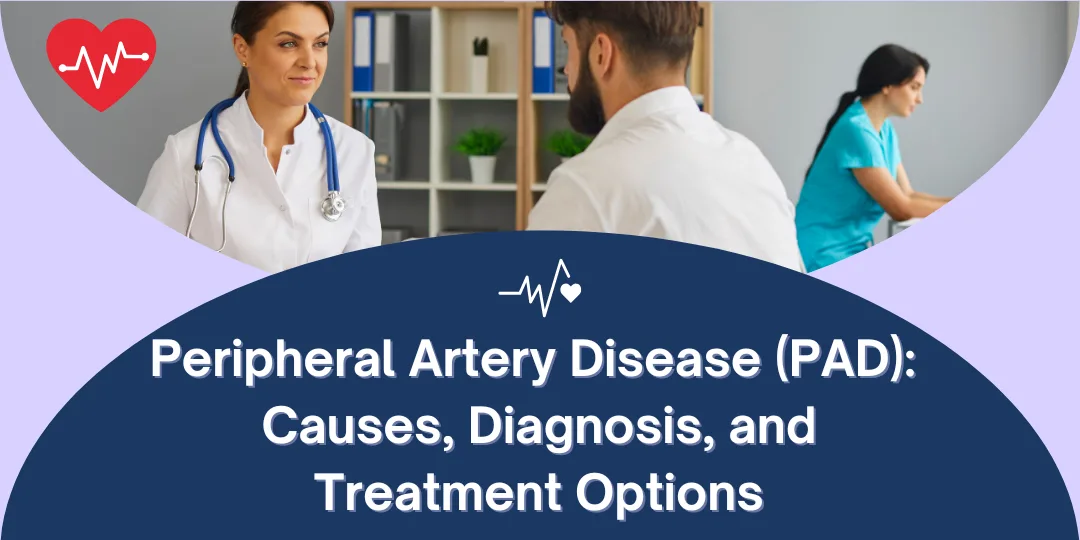
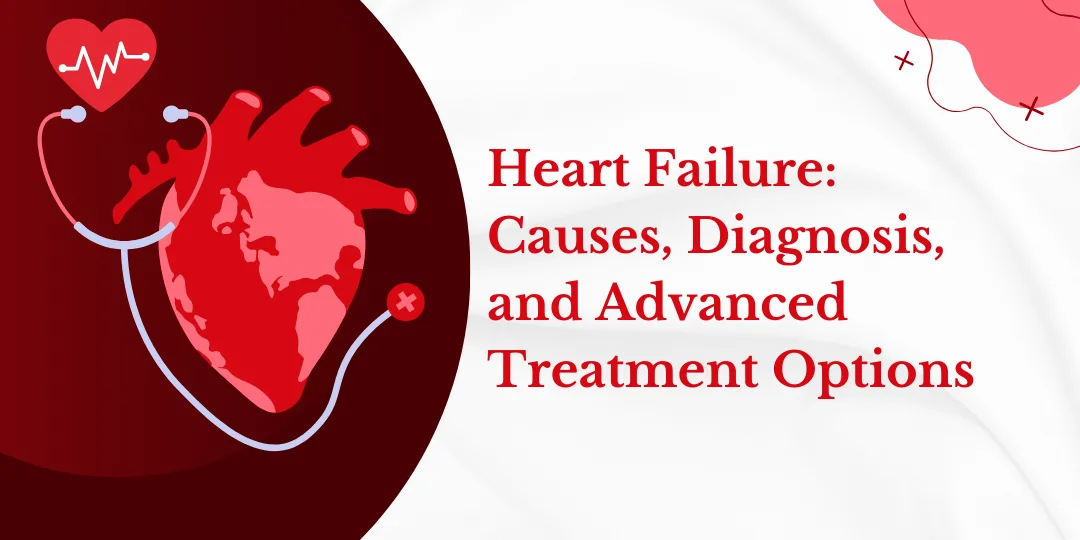
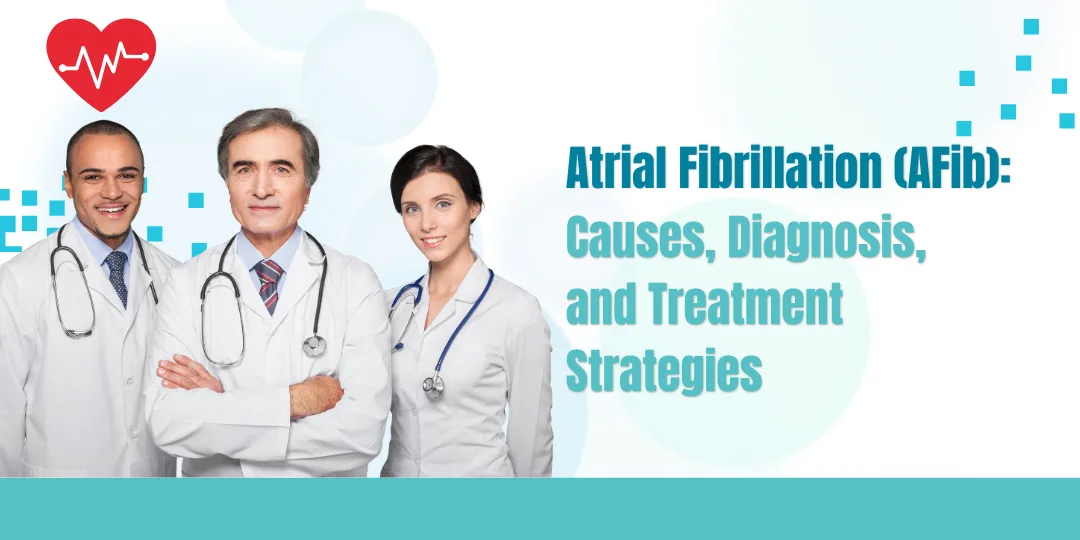

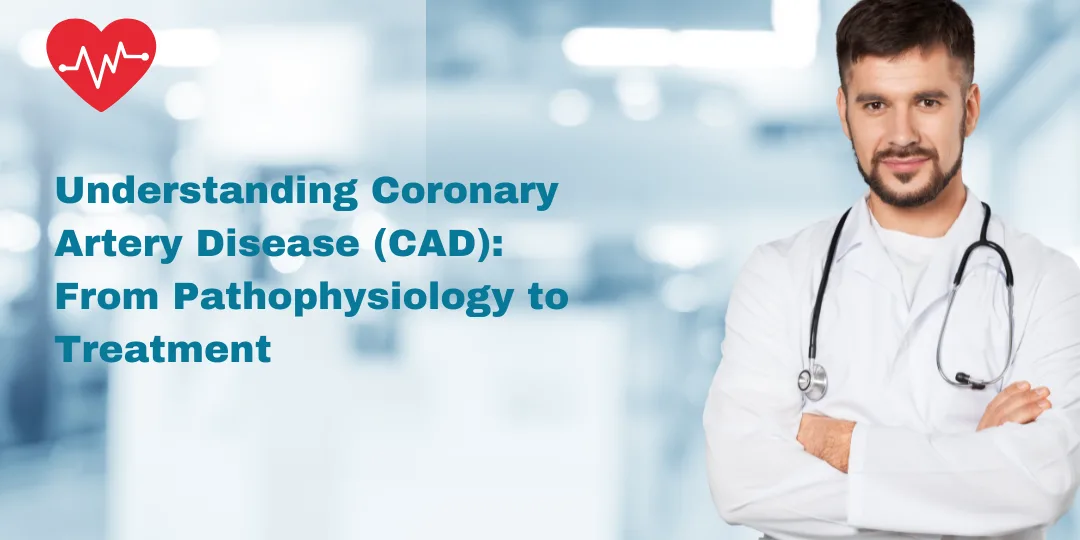
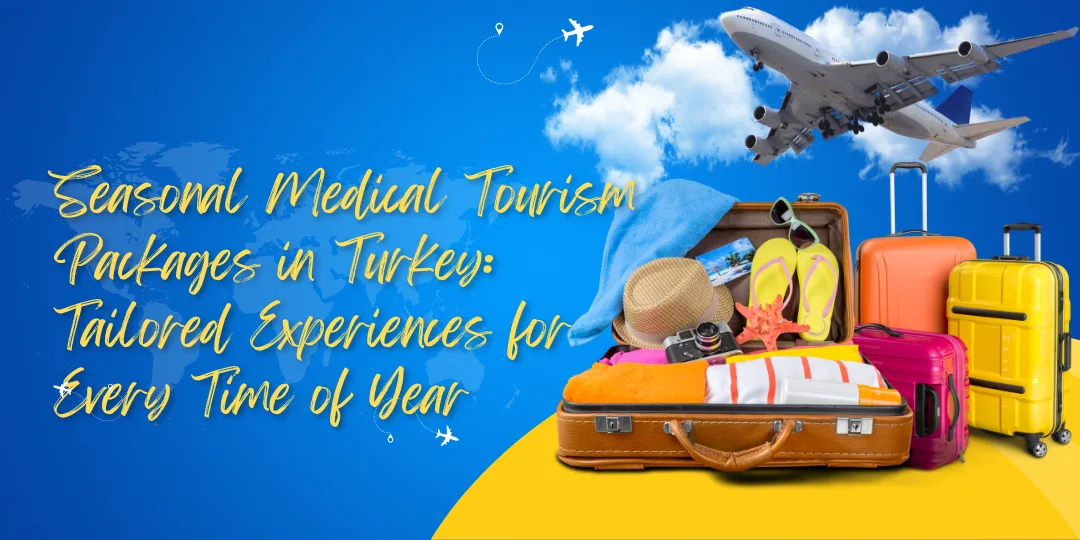



0 Comments